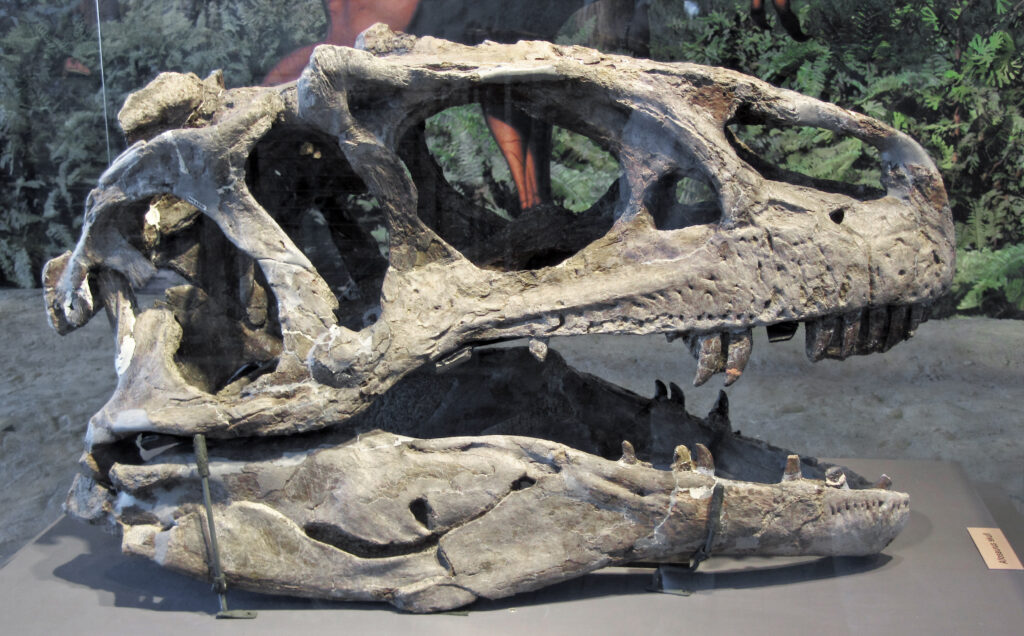In the primordial world of prehistoric creatures, survival often depended on ingenious adaptations. Among these, the repurposing of bones—whether from prey or deceased members of their species—stands out as a fascinating behavior that paleontologists continue to study. While we typically think of bones as structural supports for living organisms, evidence suggests that many prehistoric animals may have utilized skeletal remains for shelter, protection, and other practical purposes. This article explores eight remarkable ways ancient creatures potentially transformed bones into homes, offering a glimpse into evolutionary innovation that occurred millions of years before human architecture.
Shell-Like Protection from Predator Skulls

Small prehistoric mammals and reptiles likely used the empty cranial cavities of larger predators as temporary or permanent shelters. The robust structure of predator skulls, particularly those of large theropod dinosaurs, would have provided excellent protection against the elements and smaller predators. Paleontologists have discovered small mammal remains inside fossilized dinosaur skulls, suggesting they inhabited these spaces either while the skulls were fresh or after they had been naturally cleaned by scavengers and the elements. These skull dwellings offered ready-made “apartments” with natural entrances through the eye sockets, nasal cavities, or foramen magnum (the opening at the base of the skull), while the thick bone walls would have offered insulation against temperature extremes and protection from dangerous encounters.
Rib Cage Condominiums
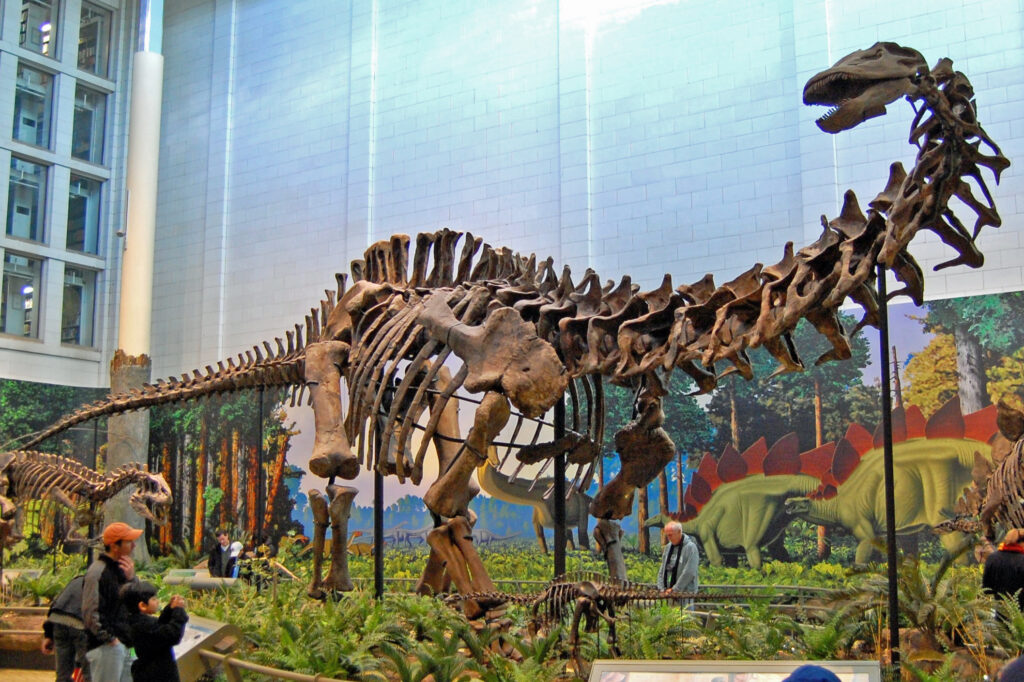
The rib cages of large extinct animals like sauropods and prehistoric whales potentially served as multi-chamber dwellings for various smaller creatures. These natural bone frameworks, once stripped of soft tissue, created dome-like structures with multiple protected spaces between individual ribs. Archaeological evidence has revealed colonies of smaller animal remains found within the preserved rib structures of larger creatures, indicating communal living arrangements. The curved architecture of rib cages would have provided natural water runoff during rainstorms while maintaining structural integrity against wind and minor predator attacks. For amphibious creatures, partially submerged rib cages from beached marine animals might have offered ideal transitional habitats with both underwater and above-water chambers accessible through the same structure.
Vertebral Column Burrows

The hollow nerve canals running through vertebral columns potentially created ready-made tunnel systems for small burrowing creatures. These natural conduits offered protected pathways that required minimal excavation compared to digging through compacted soil or rock. Fossilized evidence shows that certain small prehistoric rodent-like creatures modified vertebral openings, widening them to create more hospitable living quarters while maintaining the structural protection of the surrounding bone. The connected nature of vertebral columns would have allowed for complex, multi-chamber dwelling systems with multiple escape routes—a significant survival advantage in predator-rich environments. Additionally, the calcium-rich environment of decomposing vertebrae might have provided dietary benefits to creatures that gnawed on their bone homes, supplementing their mineral intake during periods of nutritional scarcity.
Defensive Bone Fortresses
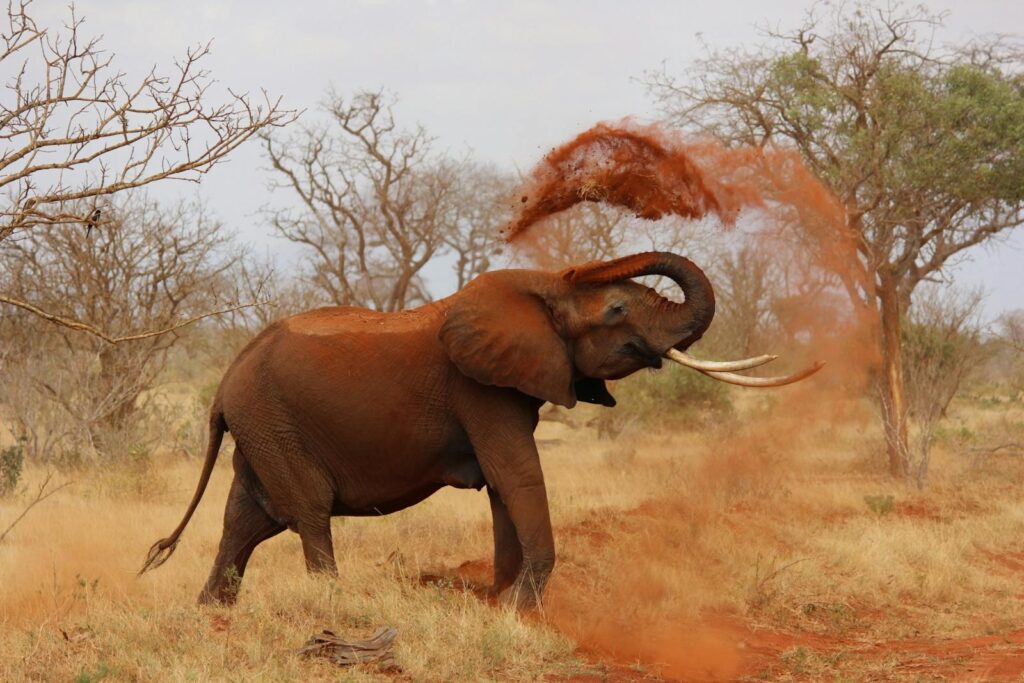
Some social prehistoric creatures likely gathered and arranged large bones to create defensive perimeters around their living areas. Similar to how modern elephants will sometimes interact with the bones of deceased herd members, prehistoric herd animals may have instinctively created bone barriers as protection against predators. Certain fossil sites show unusual arrangements of large bones that don’t align with typical decomposition patterns, suggesting deliberate placement by intelligent creatures. These bone fortifications would have been particularly valuable in open terrain where natural shelter was scarce, with the added psychological benefit of deterring predators who might associate the bone piles with danger or death. For young or vulnerable members of prehistoric species, these bone barriers may have provided crucial protection during times when adult guardians needed to forage for food.
Nest Building with Bone Fragments

Prehistoric birds and small dinosaurs likely incorporated bone fragments into their nests for structural reinforcement and camouflage. Modern birds like the Egyptian vulture still use bones in nest construction, suggesting this behavior has deep evolutionary roots. Paleontologists have discovered fossilized nests containing bone fragments positioned in patterns inconsistent with random placement, indicating deliberate architectural choices by the nest builders. These bone-reinforced nests would have offered superior protection against both weather elements and nest predators compared to structures made solely from vegetation. The calcium from slowly decomposing bone material may have also created beneficial growing conditions for eggs, regulating pH levels and providing minerals that could be absorbed through porous eggshells during development.
Turtle-Like Bone Carapaces
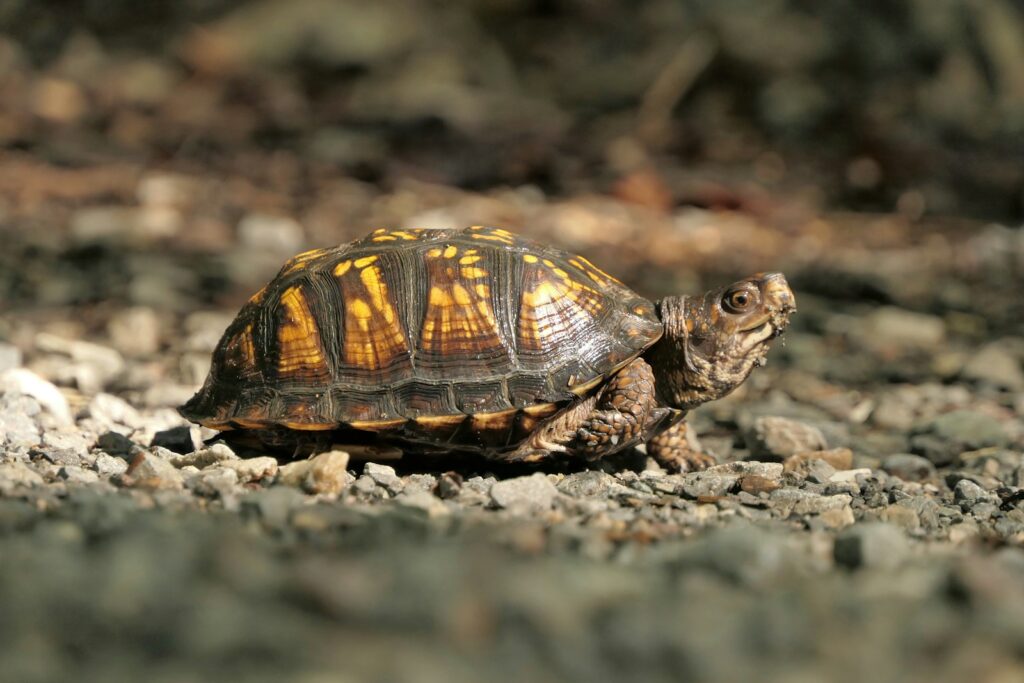
Smaller prehistoric creatures likely adapted the curved bones of larger animals, such as shoulder blades and pelvic bones, as portable shelters similar to how hermit crabs use shells. These natural bone shields would have provided overhead protection while allowing the bearer to remain mobile, offering a significant evolutionary advantage. Some fossil evidence suggests wear patterns along bone edges consistent with being dragged along the ground, potentially indicating this type of adaptation. For creatures transitioning from aquatic to terrestrial environments, these bone carapaces would have offered crucial protection from increased predation and harsh UV exposure during vulnerable evolutionary periods. This behavior may represent an important stepping stone in the evolution of more integrated protective structures like shells and carapaces that we see in modern animals.
Jaw Bone Retreats

The massive jaw bones of creatures like prehistoric whales and giant ground sloths likely created natural sheltered spaces utilized by smaller animals. The curved structure of large mandibles would have created cave-like spaces when positioned concave-side-down on the ground, offering protection from both predators and environmental extremes. Small prehistoric creatures could have accessed these natural bone shelters through the mental foramen (the opening in the jaw that allows passage of blood vessels and nerves), which would have served as ready-made doorways. The dense composition of jaw bones would have provided excellent insulation, maintaining more stable temperatures inside these micro-habitats during seasonal extremes. Additionally, the distinctive tooth sockets along jaw margins could have served as storage chambers for food caching, allowing bone-dwelling creatures to store nuts, seeds, or prey items in these natural compartments.
Skull-Based Water Collection Systems
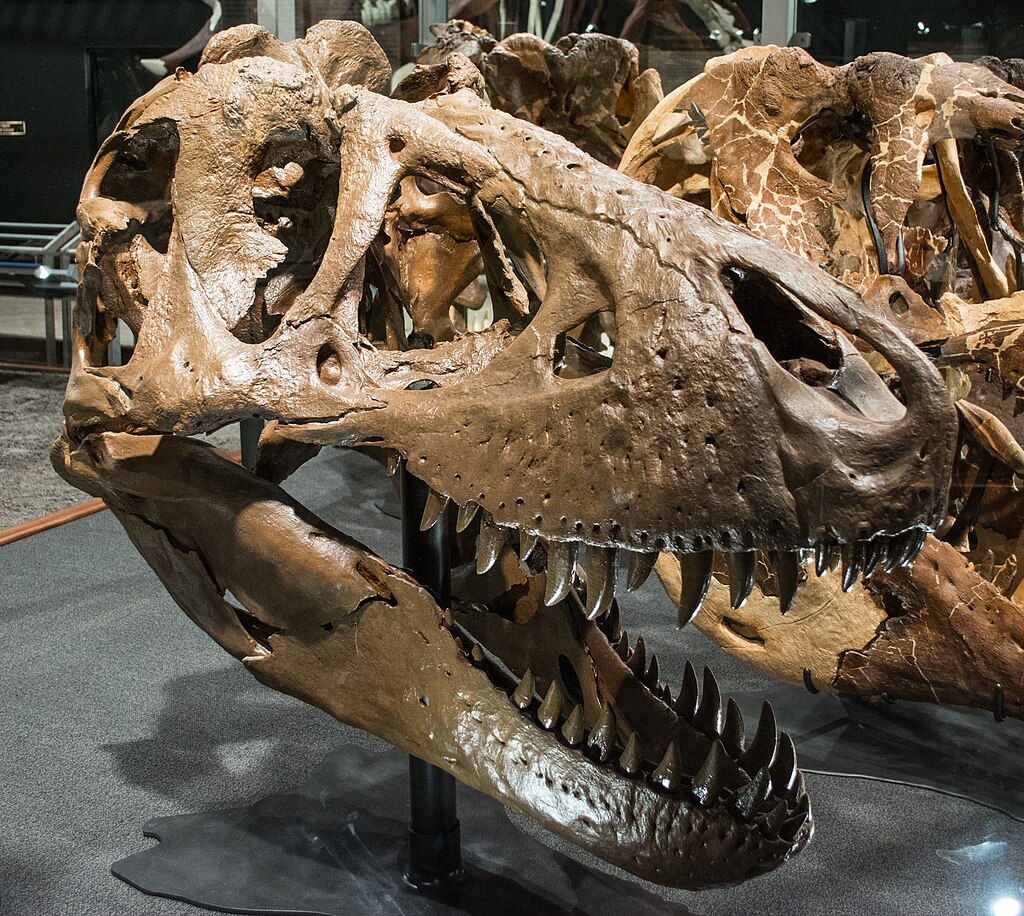
The concave structure of many prehistoric skulls, particularly those of ceratopsians like Triceratops, likely served as natural water collection devices for opportunistic creatures. During rainfall, these natural bone basins would have filled with water, creating temporary oases in otherwise arid environments. Evidence suggests that some smaller creatures may have modified these natural bone reservoirs by creating channels or deepening certain areas to improve water retention. This adaptation would have been particularly valuable in seasonally dry environments where reliable water sources were scarce. The calcium-rich environment of the bone basins may have also provided important minerals to the collected water, offering nutritional benefits to creatures that used these natural drinking stations.
Bone Caves in Megafauna Pelvises
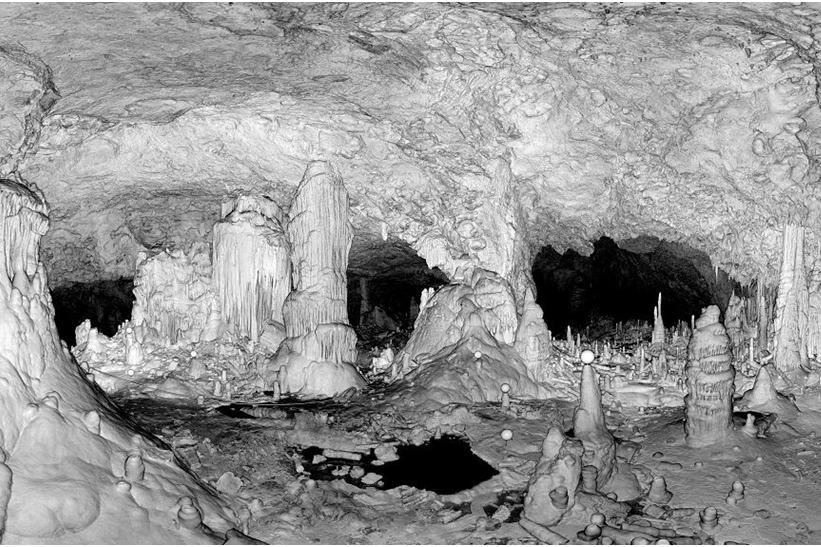
The massive pelvic bones of extinct megafauna like mammoths and giant ground sloths created natural cave-like structures when positioned on the ground. These bone formations offered ready-made shelters with natural openings through the obturator foramen and other pelvic apertures. Fossil evidence shows wear patterns and modifications to these openings consistent with habitation by smaller creatures, suggesting long-term occupation. The thick, dense bone of pelvic structures would have provided excellent insulation and protection from predators, while the natural contours created separate chambers suitable for different activities like sleeping, food storage, and waste elimination. For social creatures, these bone caves might have housed extended family groups, with the largest pelvic structures potentially sheltering dozens of small individuals during periods of extreme weather or heightened predator activity.
Environmental Advantages of Bone Dwellings

Bone dwellings offered significant temperature regulation advantages compared to other natural shelters. The dense composition of bone creates excellent insulation, maintaining cooler temperatures during hot periods and warmer conditions during cold snaps. Microscopic studies of bone-dwelling fossil remains show evidence that occupants may have further enhanced these properties by applying mud or plant materials to bone surfaces, creating primitive insulation layers. The calcium phosphate composition of bone also naturally resists decomposition from fungi and bacteria, providing longer-lasting shelter than wooden or plant-based alternatives. For creatures in changing environments, the durability of bone shelters would have provided crucial stability during periods of ecological transition, potentially allowing certain species to survive extinction events that eliminated competitors who relied on less durable shelter types.
Communal Living in Bone Structures
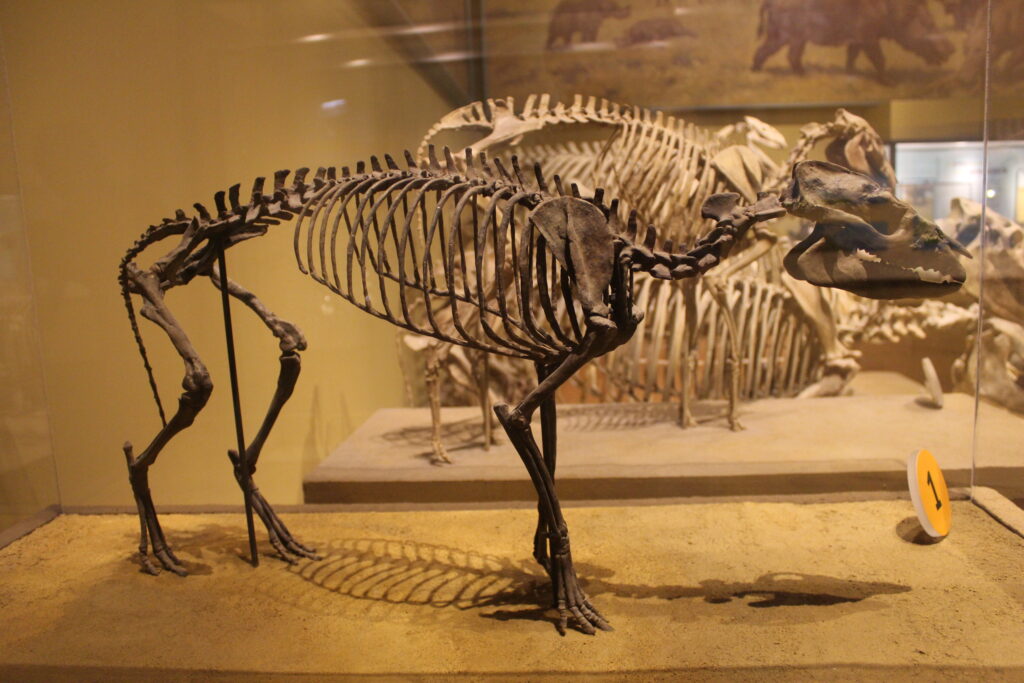
Larger bone structures likely facilitated communal living arrangements for prehistoric social species. The complex internal architecture of many large bones, particularly those with extensive cancellous (spongy) regions, created natural multi-chamber dwellings that could house numerous individuals. Fossil evidence shows some bone dwellings contain remains from multiple species, suggesting mutually beneficial cohabitation arrangements similar to those observed in modern reef ecosystems. These bone-based communities may have developed specialized roles, with some creatures maintaining or expanding the dwelling while others focused on food gathering or protection. For young, vulnerable individuals, these communal bone homes would have provided crucial protection and learning opportunities, potentially influencing the development of social behaviors that eventually evolved into more complex societal structures seen in advanced species.
The Evolutionary Impact of Bone Habitation

The utilization of bones as dwellings likely influenced the evolutionary trajectory of many prehistoric species. Creatures that developed adaptations specifically for navigating, modifying, and defending bone structures would have gained significant survival advantages in environments where such resources were available. These specialized adaptations might include modified claws for bone manipulation, enhanced spatial memory for navigating complex bone interiors, or communication systems for coordinating activities within communal bone dwellings. The protection offered by bone homes may have allowed for the evolution of more specialized feeding or breeding behaviors that would have been too risky for creatures without secure shelters. Over time, species that successfully exploited bone habitation opportunities likely developed increasingly sophisticated strategies for identifying, claiming, and enhancing these structures, potentially leading to the proto-architectural behaviors we observe in many modern animals.
Conclusion

In conclusion, the resourceful use of bones as shelter represents one of nature’s most fascinating examples of opportunistic adaptation. While direct evidence of these behaviors can be challenging to establish definitively in the fossil record, comparative studies with modern animal behaviors and careful analysis of fossil assemblages provide compelling insights into these ancient survival strategies. By transforming the remains of the dead into sanctuaries for the living, prehistoric creatures demonstrated the remarkable ingenuity that drives evolution’s endless quest for survival advantage. These bone dwellings—whether improvised shelters or deliberately constructed homes—remind us that the fundamental drive to find and create safe spaces has deep roots in our planet’s biological history, stretching back long before humans began building their first primitive structures.

